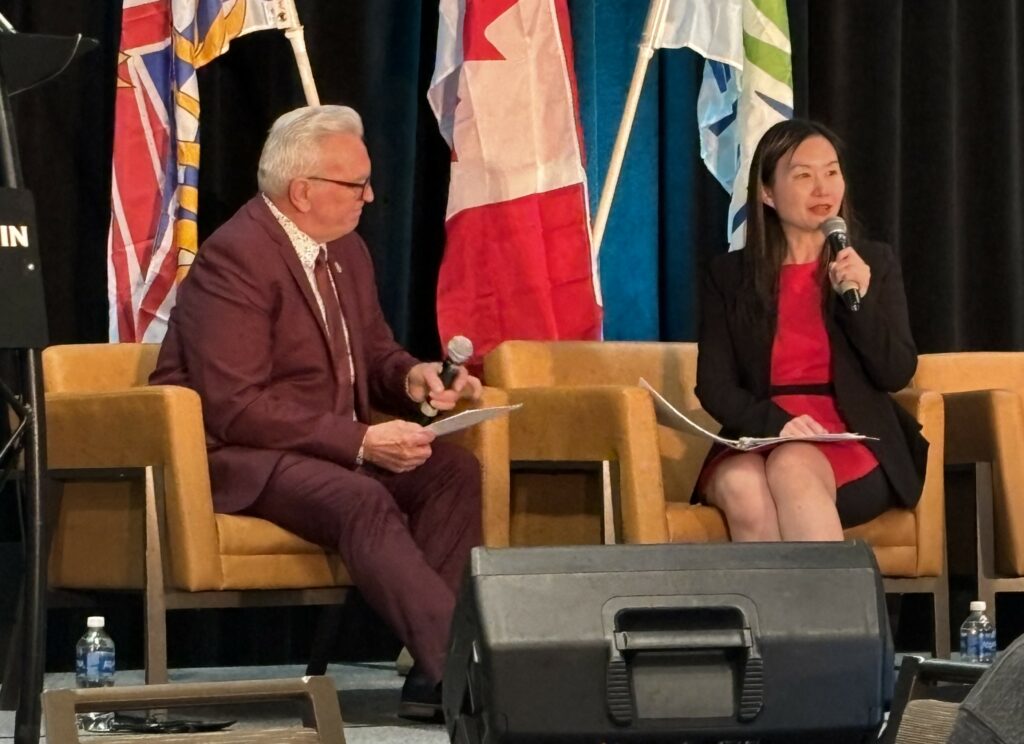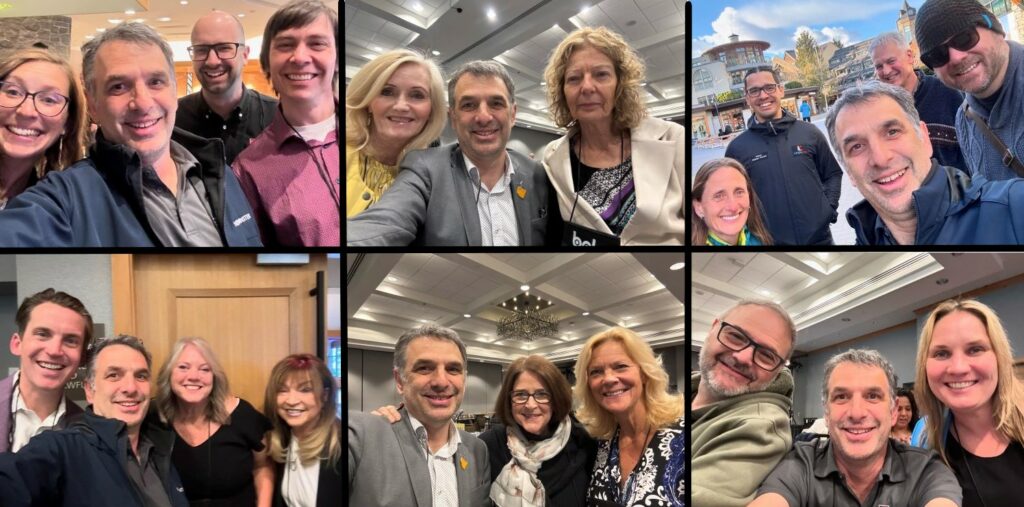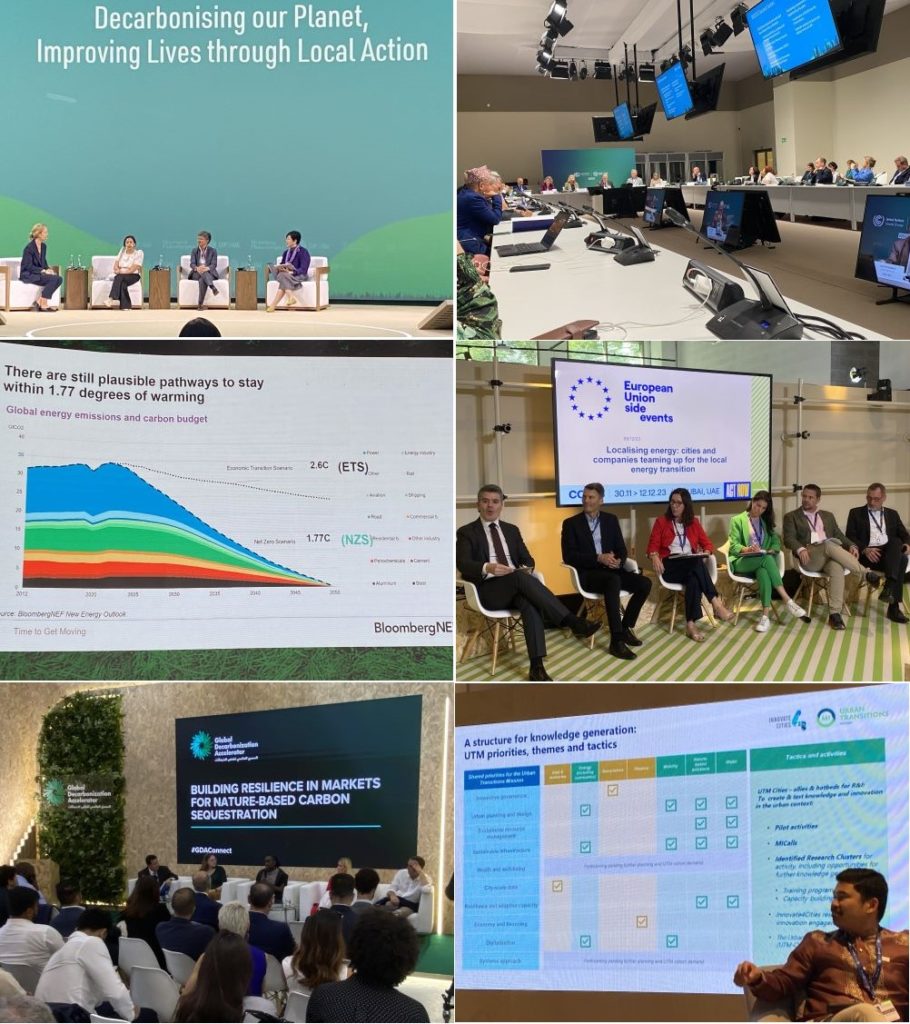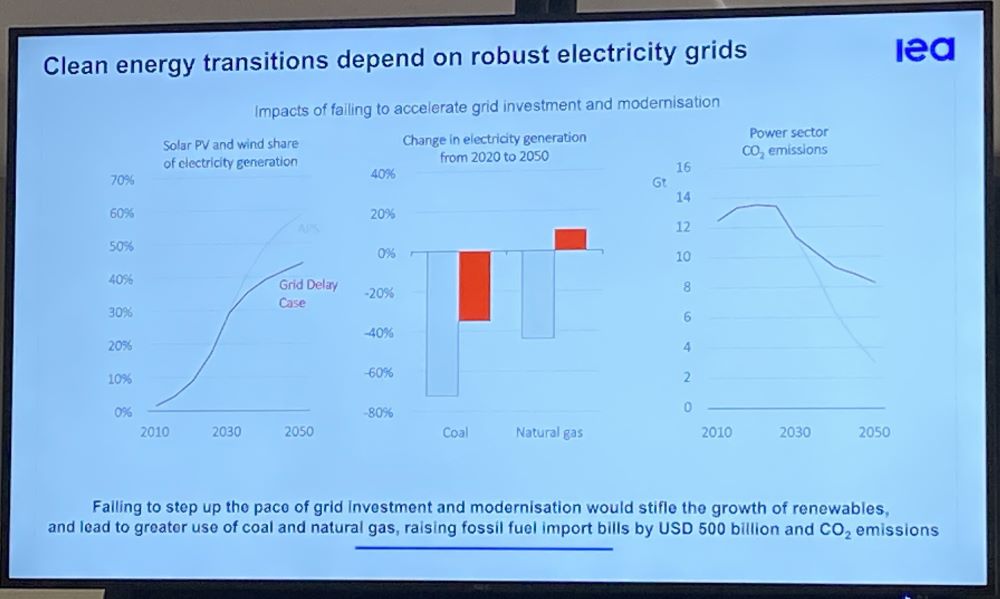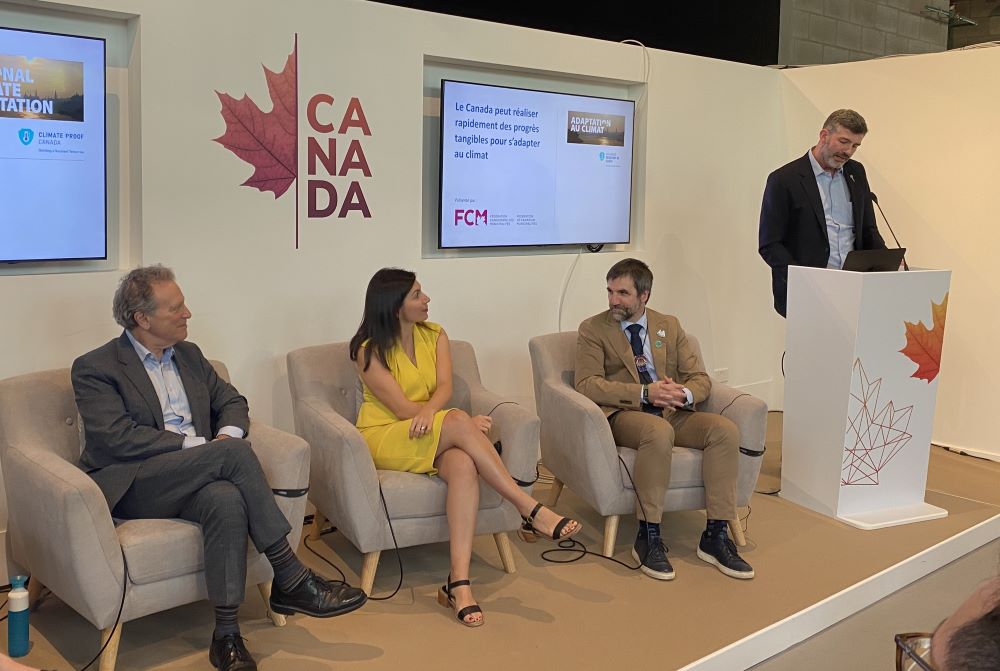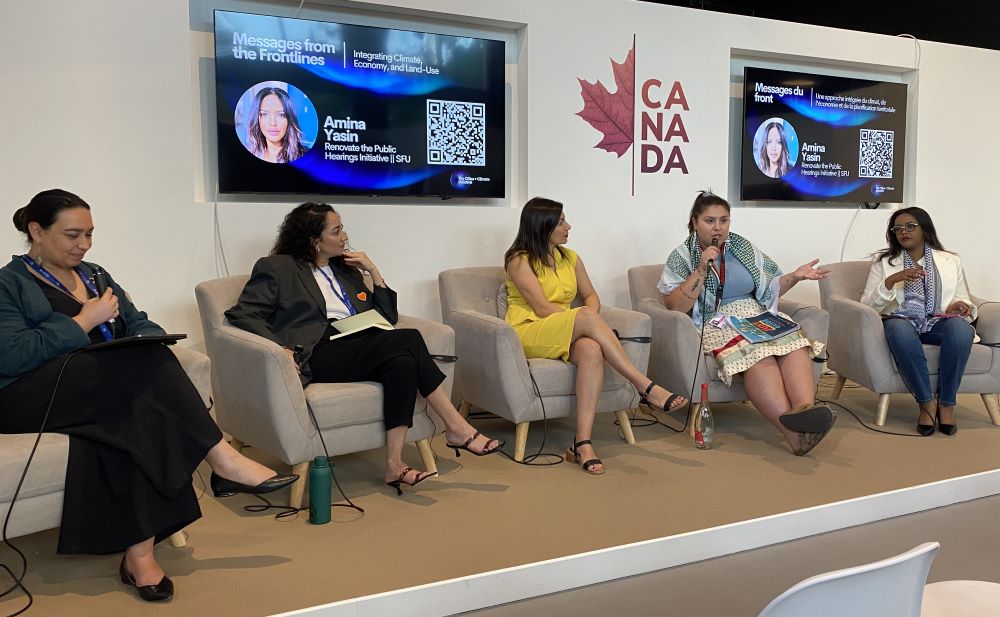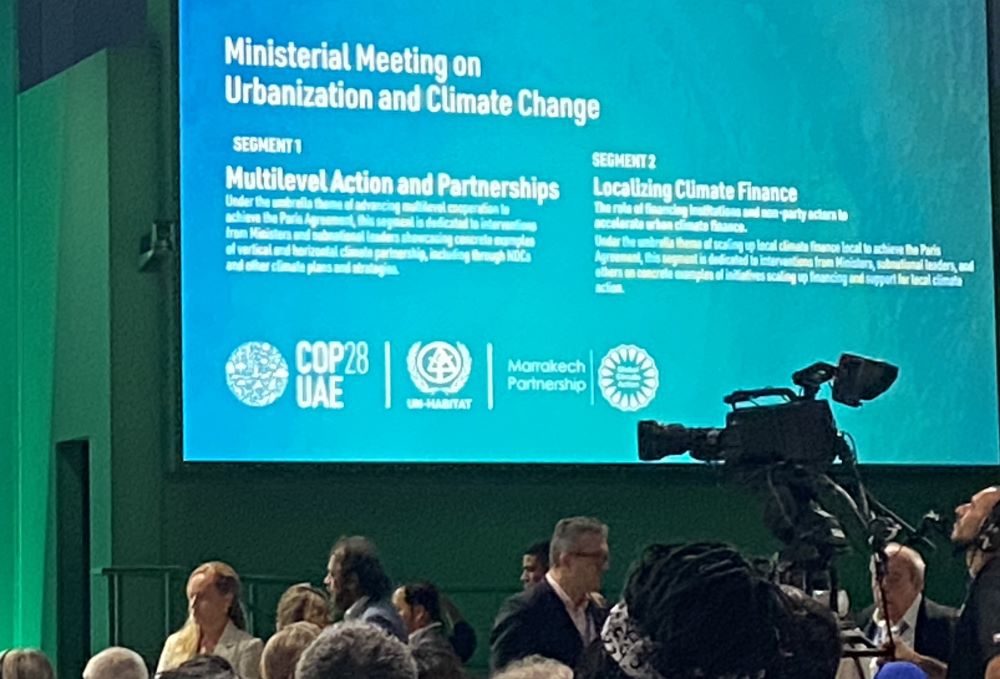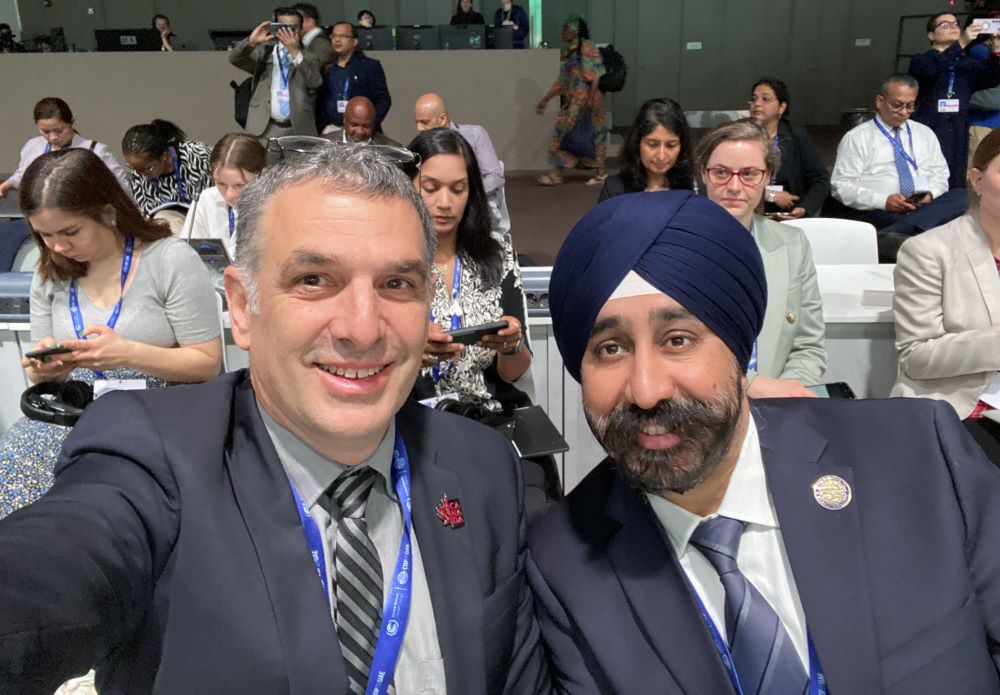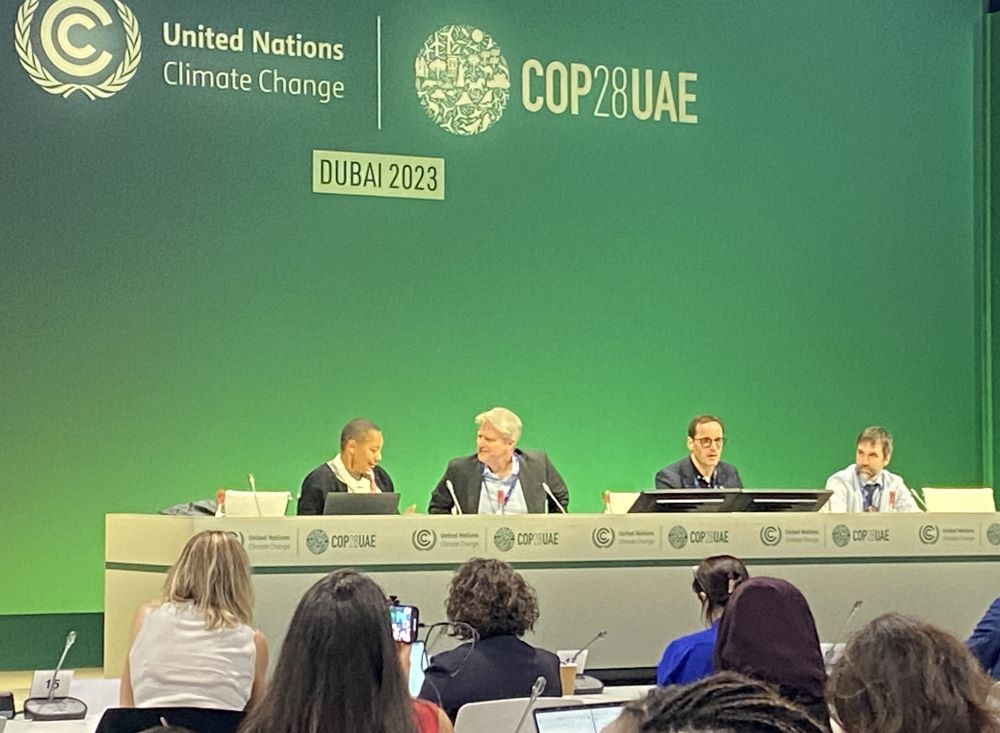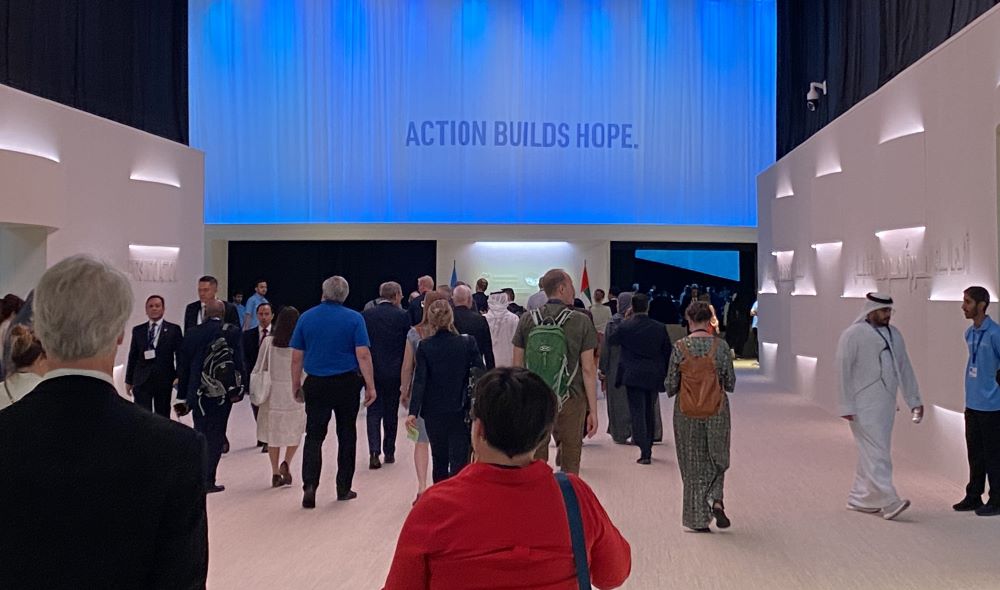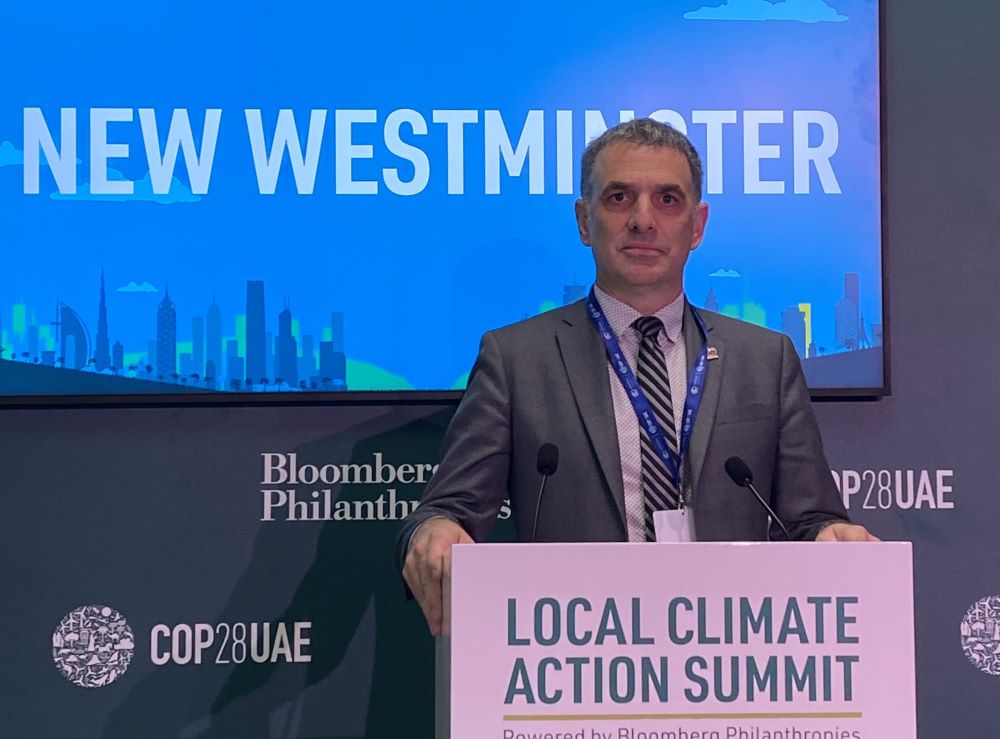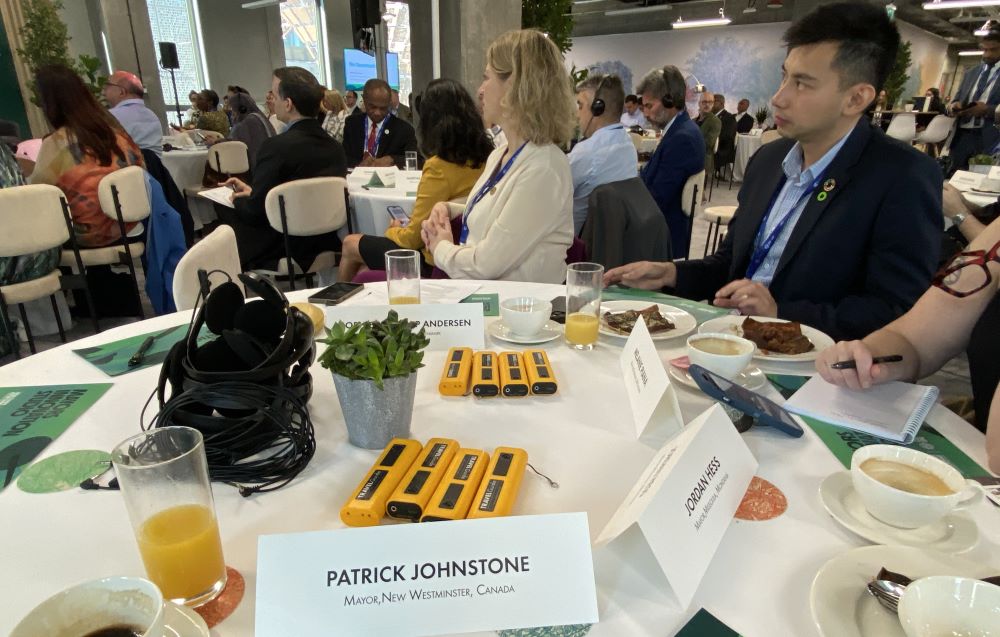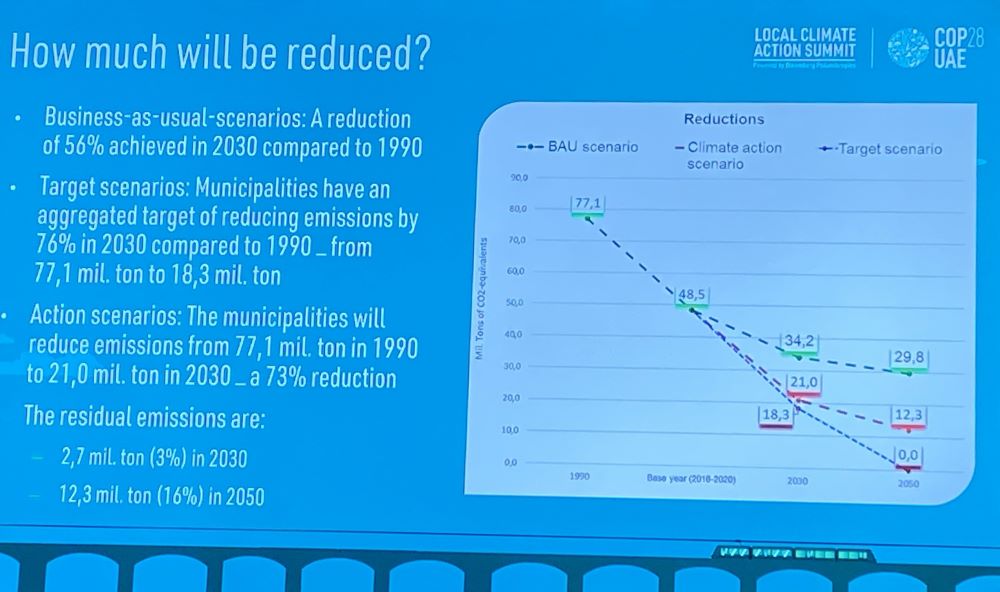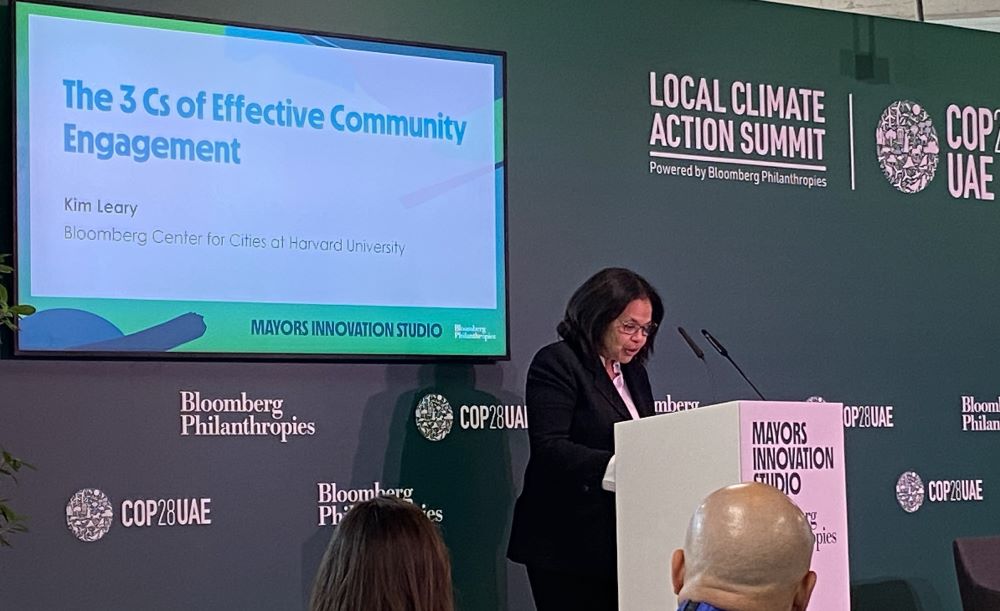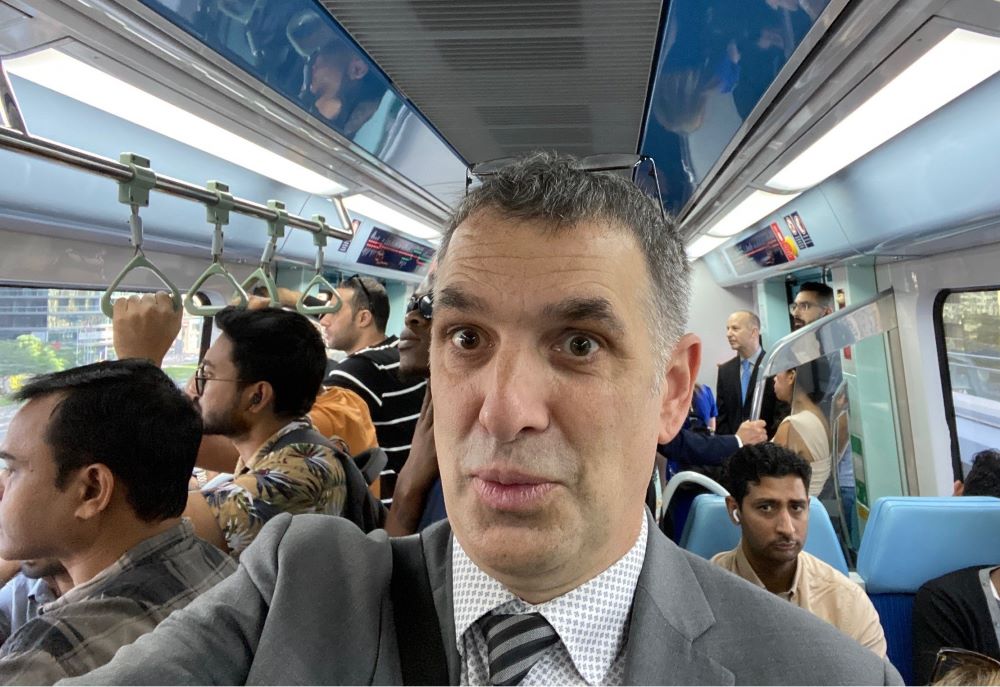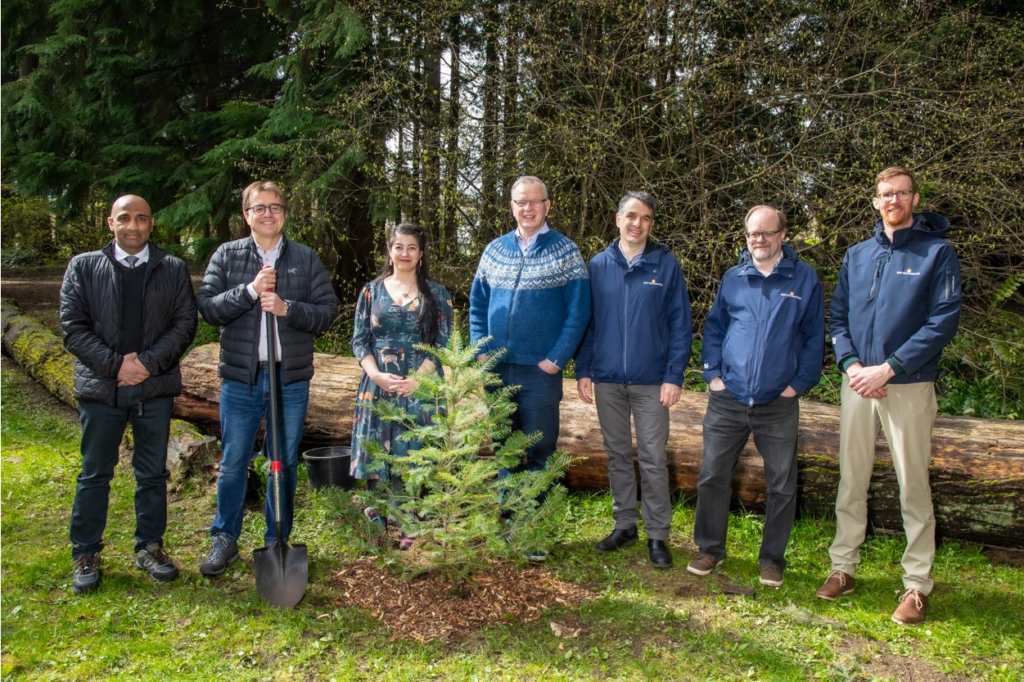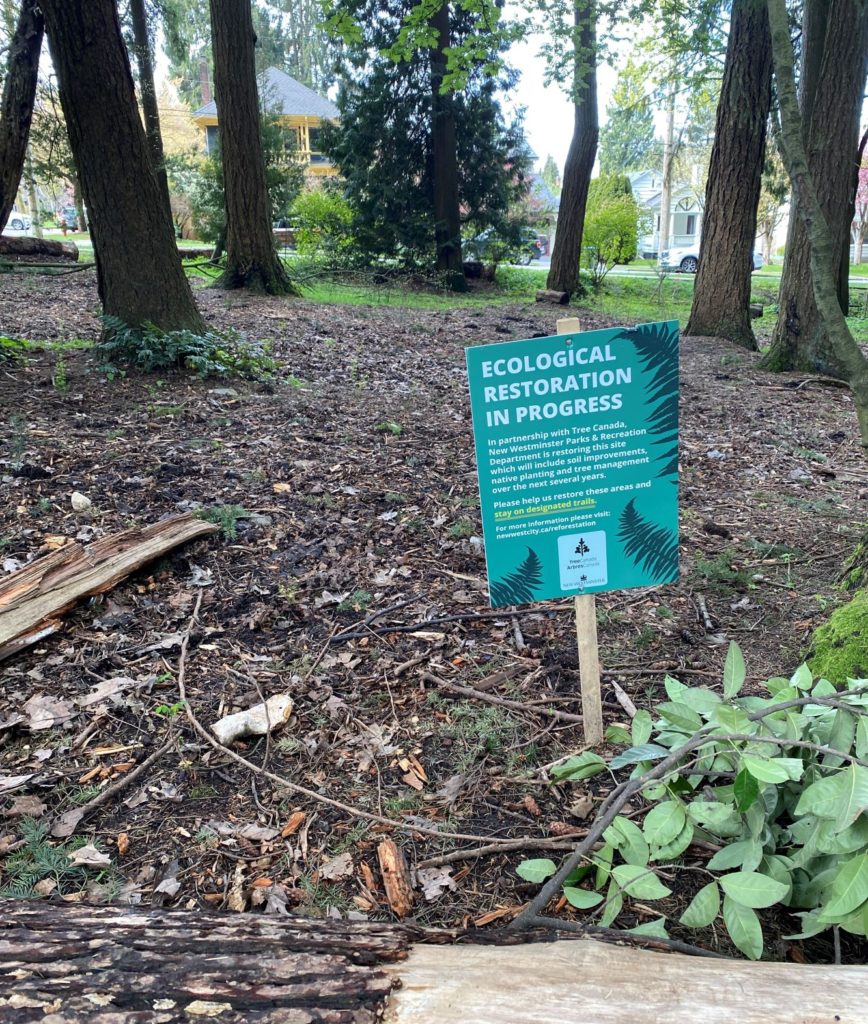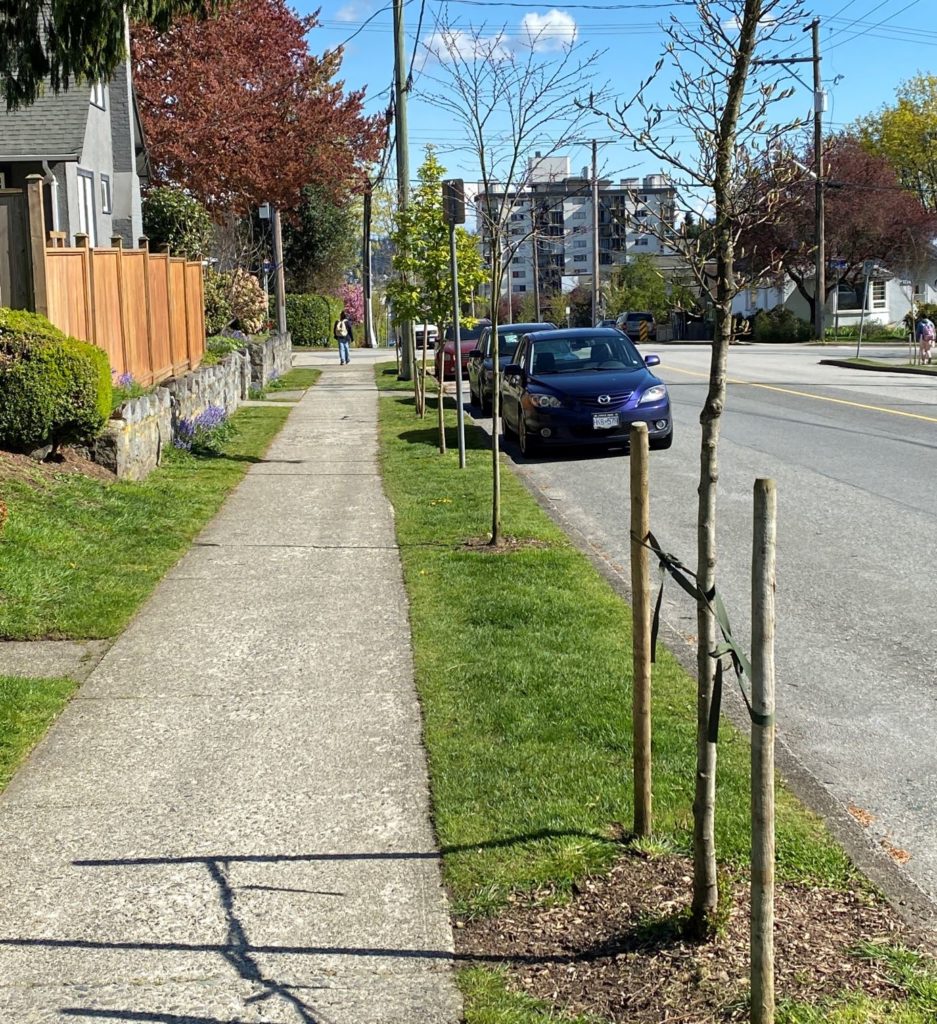Last month I wrote a blog post marking the one-year anniversary of the 2022 election that was mostly personal reflections and not about the work we did in Year One. Now that we are on the one-year anniversary of the new Council being actually sworn in, a bit of a summary is apropos. As I worked on this, I realized there is a lot to talk about, so I need to edit it down a bit and gather by themes. So this is more a list of highlights than a complete catalogue.
Inauguration
We swore in a new Council on November 7th, 2022, bringing in one of the bigger change-overs in recent years. Best I can tell, it has been more than 25 years since we had this large a change-over with a new Mayor and 4 new Councillors elected in the same year. This meant that onboarding for the new members (myself included, because the Mayor role is very different than the Council one) dominated the first few months of work. We held long onboarding seminars and site tours with staff getting everyone as up to speed as possible on everything from how the municipal budget works in reality (very different than how it works on some election platforms!) to details on the various areas of service delivery the City performs.
Following on this, we developed together and adopted a Strategic Priorities Plan that I wrote about here. It has the regular priority stuff – transportation and housing and asset management – but I am more proud in how Council came together to center the residents and communities (yes, plural) we are serving in this plan, and to emphasize community connectedness as a priority. This is what makes New West special, and what will truly address many of the challenges we face.
Housing Approved
The City continues to lead on housing policy, signing housing agreements on almost 700 new Purpose Built Rental units, and giving final approvals to 244 student apartments, 50 supportive housing units, more than 150 new townhouses and about 50 other units in several medium-density forms. We waived Public Hearing on projects promising more than 400 more rental units, and dozens of townhouses because they were consistent with the Official Community Plan and public consultation showed strong support. We are also working through initial phases of several larger developments in the City, as we strive to (and are so far successful at) meeting our Regional Growth Strategy targets. We are still struggling to get 24/7 shelter, transitional and supportive housing funded in the City, even those that we have approved, and continue to balance putting the pressure on provincial and federal purse-string holders while we work with them at the staff-to-staff level to develop fundable projects.
Crises
We have been proactive at addressing the overlapping crises of homelessness, mental health, and addictions that are challenging every municipality in Canada. Back in December, we brought in a Downtown Livability Strategy to coordinate efforts between staff from Community Planning, Economic Development, Engineering, Fire Services, Integrated Services (“Bylaws”), Parks and Recreation, Finance, and Police and added some resources to address general hygiene and cleanliness issues. We have continued to partner with Fraser Health, the Canadian Mental Health Association, BC Housing, and service agencies working downtown, have secured $1.7 Million from the federal Building Safer Communities Fund, $1.2M from the Provincial Government to support our groundbreaking Peer Assist Care Teams, $50,000 from the provincial Ministry of Public Safety to set up Situation Tables and Collaborative Public Safety Programs. We have also launched a new Homelessness Action Plan working with our partners in the Homelessness Coalition.
Staff have been working hard and making progress with the resources available to them. Just last week, we committed to a plan to increase these resources and set up a new structure to assure we are leveraging community partnerships and coordinating our lobbying and communications efforts to best serve the entire community.
It is a difficult time for many in our community, and everyone deserves to feel safe and supported however they live in this community. We are committed to a compassionate, evidence-based approach to addressing the needs of those most at risk, and to address the externalities related to too many people not having access to the dignified supports they need. We have also supported the building of new supportive housing in the community – recognizing the real solution to homelessness is safe and secure homes.
Capital Projects
Our Capital Plan is significant. The biggest item being təməsew̓txʷ Aquatic and Community Centre – a more than doubling of the recreation and aquatic space provided by the old Canada Games Pool and Centennial Community Centre, and the first Zero Carbon recreation centre of its kind in Canada. Considering that procurement and construction occurred during massive construction inflation, the regional concrete strike, unprecedented supply chain disruptions, not to mention a global pandemic, delivering this project within a few months of planned opening, and within 5% of the budget is a significant achievement. We are not across the finish line yet, but opening is planned for the spring, and that will be a great day for New West.
Flying under the radar a bit was a new $28 Million substation in Queensborough that we cut the ribbon on a few months ago. Not only will this provide secure long-term electrical reliability for rapidly-growing Q’Boro, but the Electrical Utility delivered the project for $2 million under budget, saving all city electrical ratepayers money. Serious kudos to the team who delivered this project.
You also probably noticed there have been a lot of roads torn up over the last year, mostly in Sapperton and the West End. This is the result of many overlapping utility renewal projects by the City and Metro Vancouver, with some of it supported by a $10.4 Million Investing in Canada grant from both the Federal and Provincial governments. Building a City is project that never stops, and we are investing more than ever on things that matter to the quality of life in this community, like sidewalks and trees.
Reconciliation
A Year of Truth is ground-breaking work on uncovering the history of colonization in New Westminster. We are informing a truth-based dialogue about our shared history with the original inhabitants of these lands to inform a more genuine approach to reconciliation. A new relationship with the 6 Host Nations, and a new commitment to co-develop the replacement of Pier Park in a vision shared by the original inhabitants of these lands and the community. This is sometimes challenging work, but we are leading with clear principles, and our entire community will be much stronger for having had these discussions, for having taken the time to listen and to learn. Only once we have truth can reconciliation begin.
Resiliency
Over the last year, we have seen a massive all-department response to the Heat Dome disaster of 2021. Our Emergency Planning staff have partnered with Fraser Health and Senior Services Society to identify and directly support vulnerable residents, have surveyed and identified the most vulnerable buildings in the City and initiated a One Cool Room program. Our Electrical Utility is augmenting the province’s free Air Conditioner Program with an enhanced program for New West residents. Our Parks and Engineering teams have brought a new emphasis on public cooling stations and relief centres to address the bad days when they come. Meanwhile, we continue to advocate to senior government for regulatory changes that will reduce the risk to vulnerable residents in the future.
We have also initiated a new Flood Resilience Plan that adopts the recently-updated 2050 Fraser River Flood Profile to address climate-change driven freshet changes and sea-level rise to the middle of the century in Queensborough, in the Downtown ,and the Braid Industrial area. We have been successful at pulling in senior government funding to support pump station and dike upgrades in Queensborough. This plan will help us direct the next phase of investments.
Climate
We have adopted new Zero Carbon Step Code levels that incent the building of new homes that are both energy efficient and zero carbon, a major step towards our 2030 and 2050 community greenhouse gas reduction goals. We made a major shift in minimum parking requirements in new buildings around Skytrain and frequent transit, to reduce the cost of building new homes and better support transportation and climate goals. Meanwhile, we have been putting together a decision making framework to prioritize spending of the Climate Action Reserve to assure we get the best bang for the buck as we apply that reserve to items in our capital plan that move the needle on climate emissions reductions and climate resilience. We also supported youth leadership in our community by adopting a 15-Minute City Strategy which will guide future development and planning.
Partnerships
As Council prioritized building strong relationships with organizations doing good work in the community, we have put this in practice. This includes building a stronger relationship with Sahib Sukh Sagar Gurdwara through shared emergency management strategy and resources. We are strengthening our relationship with Urban Indigenous residents and Indigenous Youth through partnership with Spirit of the Children Society through Truth and Reconciliation Day and hosting an Every Child Matters sidewalk mural in the centre of our Downtown. We cut the ribbon on the new K.I.D.S. Childcare space in Queensborough – a partnership between the development community, the City, and the Province bringing much needed childcare spaces to Queensborough. We supported seniors advocacy in our community by adopting recommendations that support dignified and affordable Aging in Place after a request from representatives from Century House. For the first time, we recognized Transgender Day of Visibility with flag raising and lighting up City Hall, and were the first BC City to recognize Ethiopian Day by raising the Ethiopian Flag at Friendship gardens and invited representatives of the local Ethiopian Community into City Hall to share food and ideas. Just today I attended the New West Hospice Society dialogue on Death and dying at Century House- an incredible and meaningful collaboration between the City and two volunteer-driven organizations in the City that are making our community stronger.
We also hosted the Mann Cup! OK, Council didn’t get them there, but it was a memorable event that fills me photostream for the year. One thing this Council did to to help was to designate the ‘Bellies as an Event of Municipal Significance, which allowed for a shift in how they manage their liquor license. This helped facilitate a partnership between the ‘Bellies and a local brewery, and providing more secure funding for their operations though an exciting payoff run.
Arts, Culture and Economic Development
Council made a $20 Million investment in the repair and upgrade of the Massey Theatre so this artistic jewel of the community can continue to thrive for another generation. We also secured a long-term operational agreement with the Massey Theatre Society so they can transform Massey Theatre into a multi-purpose arts centre called 8th and 8th Arts Spaces.
Meanwhile, Council initiated downtown renewal plans, including advocating for a Vacant Commercial Property Tax at UBCM, and adopting a new Retail Strategy to be implemented in 2024. We have also adopted a new Site-Wide Liquor Licensing policy to better support major festivals in the City. We have renewed our our Economic Development Advisory Committee by recognizing the importance of Arts and Culture in this space, and expanding the mandate of the committee to include it.
Engagement
We have launched several public engagement opportunities, from the development of a new Queensborough Transportation Plan to the visioning of the 22nd Street Station Area. We are also launching an innovative Community Advisory Assembly model of engagement, where a council of community members that represent the diversity of our city can weigh in on issues important to the community.
Incomplete as it is, for the first year of a mostly-new Council, I am pretty happy with this list. There are also many things that Council has expressed interest in working on that we have not really started yet. It’s a busy time in the City, in every City when I talk to me colleagues around the region, and we are still in a place where we need to balance the desire to get lots of things done while we are challenged for resources and staff are already fully tasked, and then some. Council recognizes that this work is being done by more than 1,000 hardworking people in City Hall, the Works Yard, the recreation centres and out in the community, and their dedication is appreciated.
It has been a year of excitement and frustrations, and more than one distraction, but the work never stops. Building a City is not a job that is ever completed, nor is it something a Mayor can do – it requires a team effort. I am so fortunate in this role to have a great team surrounding me, doing the work to make New Westminster more active, more connected, and more nurturing. I’m looking forward to what we can accomplish in 2024.

